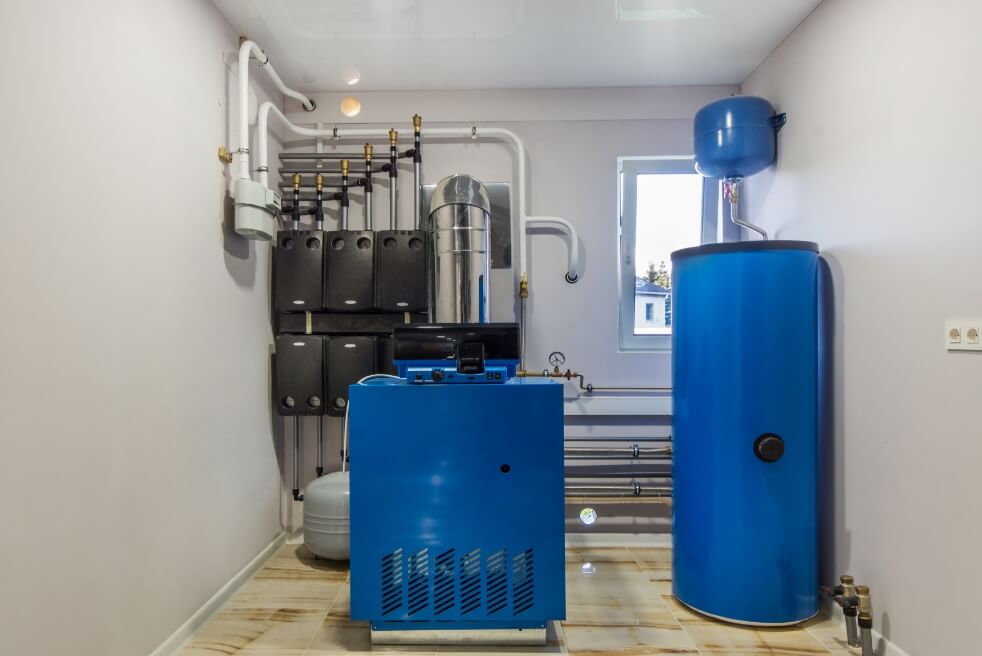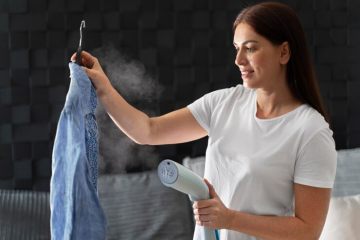As winter comes, many people get their homes ready for the cold by focusing on things like windows, insulation, and heating systems. However, one critical system often overlooked in winter readiness is the water heater. When the temperature drops, your water heater has to work harder to keep the water at the right temperature. This can use more energy and put more stress on the system. Ensuring that your water heater is ready for the cold season is essential to avoid unexpected breakdowns, cold showers, and potentially costly repairs.
1. Inspect the Water Heater
Doing a full inspection of your water heater is the first thing you should do to get it ready for winter. This can help identify potential issues early, allowing you to address them before they turn into costly repairs during the cold season. Here’s what to look for during your inspection:
Check for Leaks
Leaks around the base of your water heater indicate a potential problem with the tank, valves, or connections. Leaks, no matter how small, can cause big water damage and higher energy bills if they are not fixed. If you notice any water pooling around the heater, it’s important to call water heater experts to assess and repair the issue before winter.
Examine the Pressure Relief Valve
There is a safety valve called a pressure release valve that keeps the water heater tank from getting too full of pressure. To test the valve, lift the lever a little and let it snap back into place. The valve is working right if water comes out of the outlet pipe. A skilled plumber may need to repair the valve if it doesn’t let water out or if it gets stuck.
Check for Rust and Corrosion
Corrosion and rust on the outside of your water heater, especially near the tank, could mean that the system is breaking down. When rust builds up on a tank, it can become weak and start to leak or even break. It is important to have a professional look at your water heater if you see rust or a lot of rusting.
2. Flush the Tank
Minerals and silt build up at the bottom of your water heater tank over time, making it less effective and possibly damaging it. Flushing your water heater annually helps remove these deposits and ensures it operates efficiently throughout the winter.
How to Flush Your Water Heater:
- Turn off the water heater’s gas or electricity.
- Don’t let any cold water into the tank.
- Put one end of the hose on the drain valve at the bottom of the tank and the other end somewhere safe to drain, like outside or in a floor drain.
- Let the water run out of the tank by opening the drain valve. Watch out, the water is going to be hot.
- Once the tank is empty, quickly open the cold water supply to flush out any sediment that is still there.
- Once you’re done, turn on the water and power again, and close the drain valve.
Flushing your water heater regularly not only makes it work better but also makes it last longer.
3. Insulate the Tank and Pipes
During the winter, insulating your water heater and the lines that connect to it can help keep heat in, make it more efficient, and lower your energy bills. This is especially important if your water heater is in a place that isn’t warm, like the garage or basement.
Insulating the Water Heater Tank
To insulate your water heater, consider purchasing an insulation blanket or jacket specifically designed for water heaters. These are simple to put in place and add an extra layer of defense against heat loss.
- To make sure you get the right size insulation blanket, measure the water heater’s height and width.
- Turn off the power supply and the water heater before installing the blanket.
- Wrap the insulation blanket around the tank and secure it with tape or straps.
- Be sure not to cover the thermostat or burner access (for gas water heaters) or other control panels.
Insulating the Pipes
Exposed hot water pipes lose heat as water travels through them, especially in colder temperatures. Wrapping these pipes with pipe insulation can help maintain the water temperature as it moves from the heater to the faucets.
- Measure the length of the exposed hot water pipes.
- Purchase foam pipe insulation sleeves or wraps, making sure to choose the right size for your pipes.
- Slip the insulation over the pipes, ensuring a snug fit, and secure them with tape if needed.
Pipe insulation reduces heat loss and helps prevent freezing, particularly in homes with unheated basements or crawl spaces. Always consult skilled plumbing professionals to avoid potential issues down the line.
4. Set the Temperature
Many homeowners increase their water heater’s temperature setting during winter to compensate for colder water entering the tank. But if you set the temperature too high, you could end up with higher energy costs or even get burned. Most water heaters work best when the temperature is around 120°F (49°C).
At this temperature, you’ll get enough hot water for daily use while minimizing energy consumption. If your water heater is set higher than 120°F, consider adjusting it to save energy and reduce the strain on your system during the colder months.
How to Adjust the Temperature:
- For electric water heaters, locate the thermostat panel, usually found near the bottom of the tank. Turn the setting to 120°F to change the temperature.
- For gas water heaters, locate the temperature dial on the gas valve and adjust it to the appropriate setting.
After adjusting the temperature, wait a few hours to ensure the water reaches the new setting before using hot water.
5. Test the Anode Rod
An important part of your water heater is the anode rod, which keeps the tank from rusting. It pulls in toxic substances in the water and gives up its own life to protect the tank lining. The anode rod wears out over time and needs to be changed so that it can keep protecting the battery.
How to Check the Anode Rod:
- Turn off the water heater’s gas or electricity.
- Turn off the cold water and empty the tank of a few gallons of water.
- Locate the anode rod, typically accessed through the top of the tank.
- Use a socket wrench to unscrew the anode rod and remove it.
- If the rod is heavily corroded or less than half an inch thick, it’s time to replace it.
Replacing the anode rod helps extend the lifespan of your water heater by preventing internal rusting.
Conclusion
Preparing your water heater for winter is essential to ensure consistent hot water, minimize energy costs, and prevent breakdowns when you need it most. By following these key preparation tips—inspecting your water heater, flushing the tank, insulating the system, setting the right temperature, testing the anode rod, and scheduling a professional inspection—you can rest easy knowing your water heater is winter-ready.



